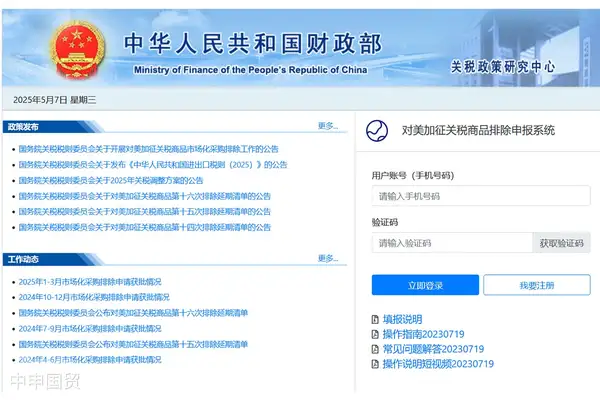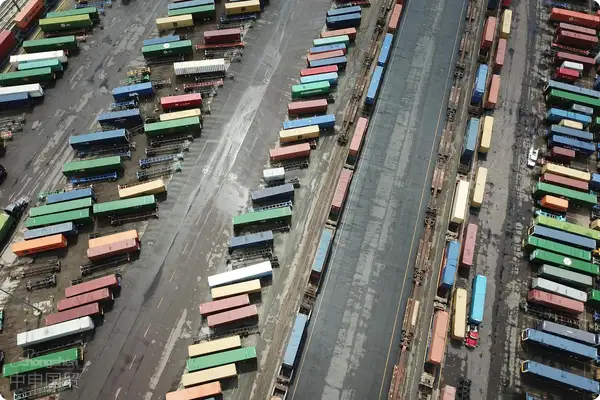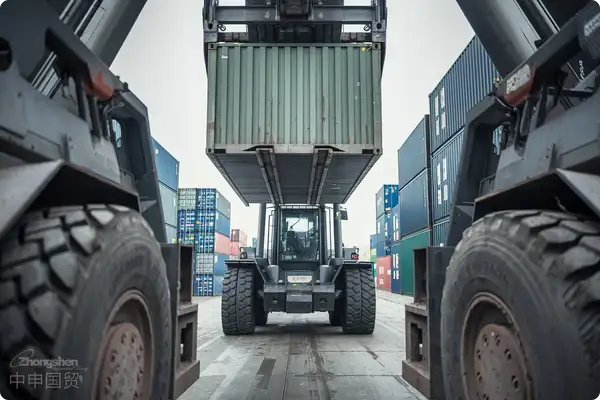- Shanghai Zhongshen International Trade Co., Ltd. - Two decades of trade agency expertise.
- Service Hotline: 139 1787 2118

I. Special challenges in chainsaw blade imports
As professional mechanical and electrical productsImport Representation, we noted three technical difficulties in HS code classification for chainsaw blades (typically classified under 8202.9 9.90): First, tooth hardness parameters directly affect tariff rates; second, alloy composition involves anti-dumping investigation risks; finally, some models may be misclassified as controlled knives. In this case, we prepared JIS standard test reports in advance and successfully avoided 7.8% additional anti-dumping duties through material composition analysis.
II. Breakdown of the complete clearance process
Declaration document preparation phase
Unlike ordinary goods, chainsaw blade imports require special attention to:
– It is recommended to verify through the following methods:Must include heat treatment process codes
- Test reports must contain key parameters like tensile strength (≥1500MPa)
- Chinese labels must display For industrial use only warning
Our team completed compliance verification of 17 data points within 48 hours after receiving documentation from the Hong Kong supplier.
Shanghai Port Operation Timeline
Two unexpected situations arose during actual customs clearance: Customs requested supplementary explanation of the serrated coating composition (taking 3 working days), and typhoon weather caused inspection delays. However, with the pre-entry system and AEO Advanced Certification, we still achieved 40% faster processing than the industry average. Specific milestones are as follows:

III. Golden rules for electromechanical product imports
Based on 15 years of agency experience, we have summarized three golden rules:
Material certificates determine duty differences: The same product may incur 5%-15% tariff variations due to different chromium content
Usage declarations affect release: Industrial and civilian products have completely different regulatory requirements
Logistics solutions impact costs: This shipment saved 11% on freight costs using the CCA (Cost Control Agreement) transportation plan
IV. Value of National Multi-Port Service Network
Our Shanghai Port operational experience can be quickly replicated at other ports:
– Shenzhen Port is suitable for Southeast Asian shipments
– Tianjin Port has advantages in Japan-Korea routes
– Xiamen Port has special channels for Taiwan trade
Through the ERP system, we synchronize the latest quarantine requirements across ports in real-time, such as proactively avoiding Shanghai Ports new regulations on wooden packaging in this case.
Practical suggestions for importers
Based on this case, we recommend buyers pay attention to:
Require suppliers to provide complete heat treatment process records
Reserve 10% time buffer for port inspections
Confirm destination port additional charges when purchasing under CIF terms
Our compiled Mechanical & Electrical Products Import Compliance Checklist has helped 37 companies achieve zero-violation customs clearance.
The success of this case demonstrates the irreplaceability of professional agents in complex import operations. When you next face 20-page customs declarations and obscure regulatory texts, consider this: choosing an experienced partner may be the best decision to save 3 weeks in clearance time and 8% in unexpected costs.
Related Recommendations
? 2025. All Rights Reserved. Shanghai ICP No. 2023007705-2  PSB Record: Shanghai No.31011502009912
PSB Record: Shanghai No.31011502009912










